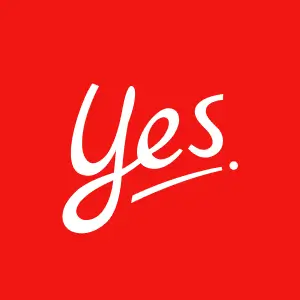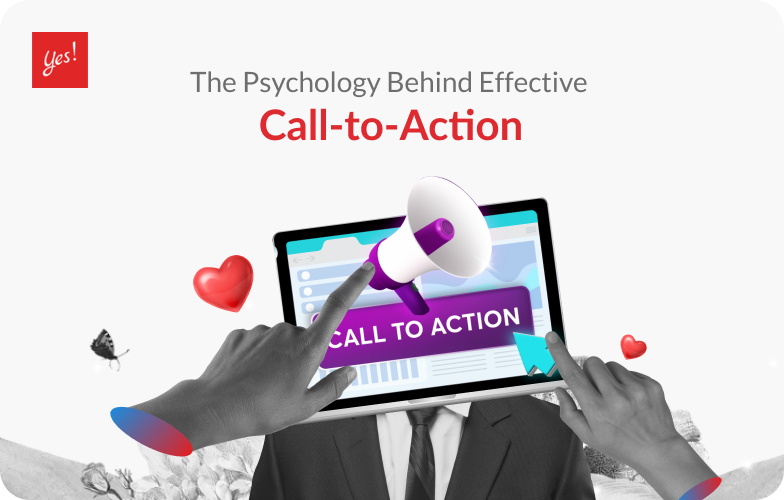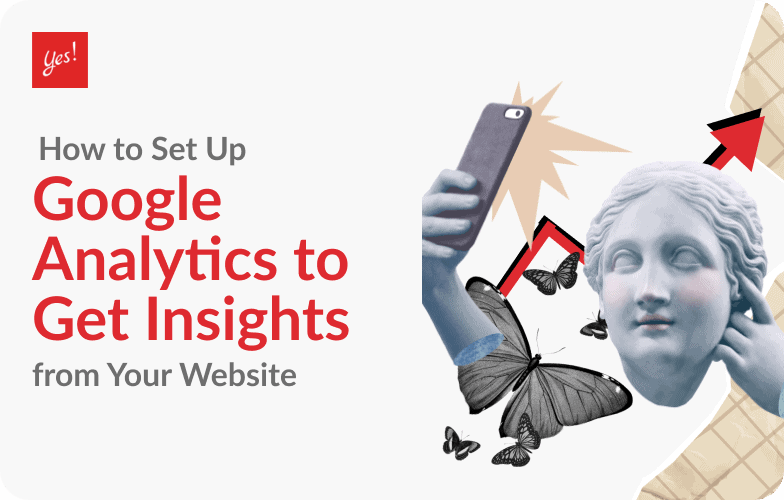The call-to-action (CTA) button is a vital element in driving conversions on websites and landing pages. Its design plays a crucial role in capturing user attention, encouraging action, and ultimately boosting conversion rates. In this blog, we will explore the art of crafting compelling CTAs that inspire users to take the desired action. We will go through the psychology behind effective CTAs, discuss best practices for button design, explore usability and accessibility considerations, examine the importance of A/B testing, and showcase real-world case studies.
What is Call-to-action or CTAs
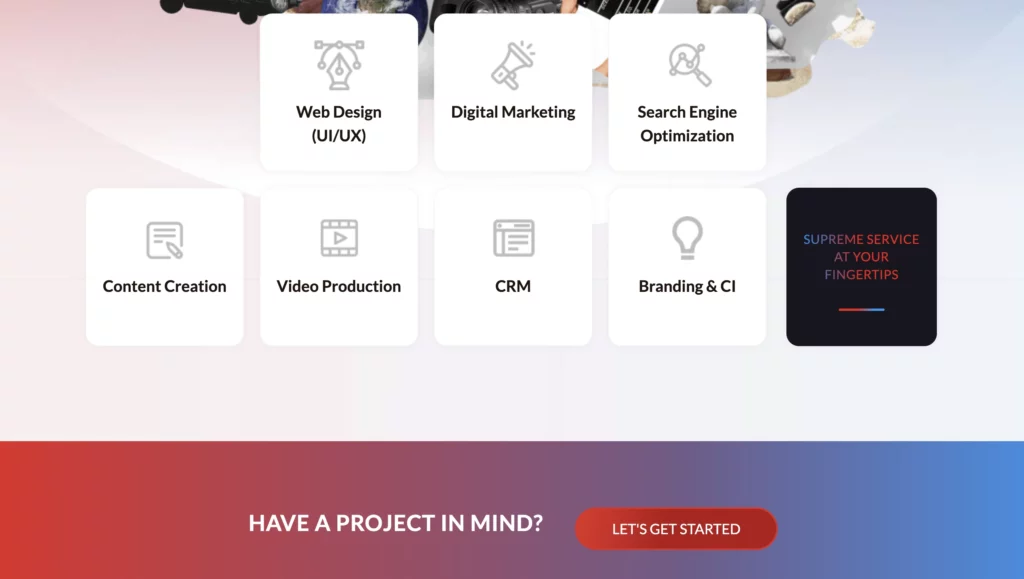
A Call-to-Action (CTA) is a strategic element in web design and marketing that prompts users to take a specific action. It is typically a button, link, or message that encourages visitors to engage, make a purchase, subscribe, download, or perform any desired action that aligns with the website’s goals. The CTA button is designed to grab attention, create a sense of urgency, and guide users towards the intended conversion. They play a vital role in driving user engagement, improving conversion rates, and ultimately achieving the desired outcomes for a website or marketing campaign. The placement of CTAs can also vary due to the website’s goal.
Understanding the Psychology of Call-to-Action
When we talk about understanding user psychology in the context of Call-to-Action (CTA) design, we’re referring to the knowledge and insights into how users think, behave, and make decisions. By understanding the psychological factors that influence user behavior, we can create CTAs that are more persuasive and compelling, leading to higher conversion rates.

One key aspect of user psychology to consider is motivation. Users visit websites with certain needs, desires, or goals in mind. Whether it’s finding information, making a purchase, or signing up for a service. Users are driven by specific motivations and to create effective CTAs, it’s important to align them with these motivations. For example, if the goal is to encourage users to make a purchase, the CTA should highlight the benefits, discounts, or limited-time offers associated with the product or service to motivate users to take the desired action.
Another psychological factor to consider is the principle of Social Proof. People often look for other sources for guidance and validation when making decisions. By incorporating elements that showcase social proof, such as customer reviews, testimonials, or user ratings, CTAs can instill a sense of trust and credibility. Users are more likely to take action when they see that others have had positive experiences or endorse the product or service.
Additionally, the concepts of scarcity and urgency can greatly influence user behavior. By creating a sense of limited availability or time-sensitive offers, CTAs can tap into users’ fear of missing out (FOMO) and drive them to take immediate action. Phrases like “Limited stock available” or “Offer expires soon” can create a sense of urgency that compels users to click on the CTA and avoid missing out on a valuable opportunity.
Understanding user psychology also involves considering cognitive biases. These are inherent biases or mental shortcuts that influence decision-making. For example, the anchoring bias suggests that people tend to rely heavily on the first piece of information they encounter when making decisions. By strategically positioning CTAs near compelling product descriptions or persuasive content, you can leverage the anchoring bias to make the CTA more impactful.
By understanding user psychology, you gain insights into the motivations, needs, and biases that shape user behavior. With this information, you can create CTAs that speak directly to user desires, address their concerns, and leverage psychological triggers to increase their likelihood of taking the desired action. User psychology, when incorporated into CTA design, can significantly improve the effectiveness of your CTAs and drive higher conversion rates.
The Psychology of Effective CTAs
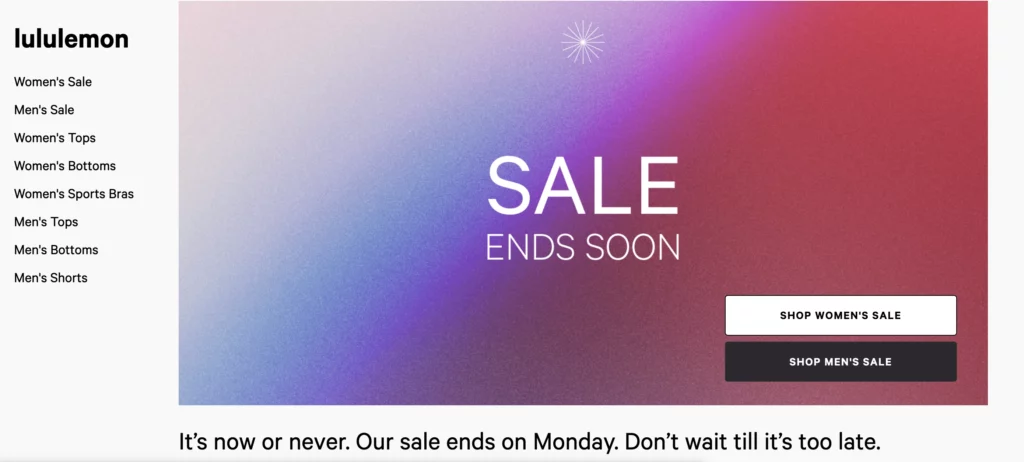
After understanding the psychology behind CTAs, here’s what websites can leverage these factors to make the Call-to-Action more convincing.
- Emotions: Emotions play a significant role in decision-making and can influence users’ response to CTAs. Consider the emotional appeal of your CTA and how it aligns with your target audience. For example, if you are promoting a travel package, evoke emotions of excitement and wanderlust in your CTA to entice users to take action.
- Cognitive Biases: Cognitive biases are subconscious mental shortcuts that influence our perception and decision-making. Understanding and leveraging these biases can make your CTAs more persuasive. For instance, the scarcity bias can be used by indicating limited availability or time-limited offers, creating a sense of urgency and driving immediate action.
- Social Proof: People are more likely to follow the actions of others, especially in uncertain situations. Incorporating social proof in your CTAs, such as displaying customer testimonials, reviews, or social media shares, can enhance credibility and build trust, leading to higher conversion rates.
- Focusing on Benefits: Instead of simply stating what action you want users to take, emphasize the benefits they will gain by taking that action. Frame your CTA text in a way that highlights the value proposition and demonstrates how it can solve users’ problems or fulfill their needs. This approach triggers users’ desire for the promised benefits and motivates them to click.
- Contextual Relevance: Understanding the context in which users encounter your CTA is crucial. Tailor your CTAs to align with the specific stage of the user journey or the content they are engaging with. By providing relevant CTAs that address users’ immediate needs or interests, you increase the likelihood of capturing their attention and encouraging action.
Remember that user psychology is complex and can vary based on different audiences and industries. Conducting user research, analyzing user feedback, and performing A/B tests can help you better understand your specific audience’s motivations and preferences. By incorporating these psychological insights into your CTA design, you can create more compelling buttons that resonate with users and drive conversions
Conclusion
Crafting compelling CTAs is crucial for driving user engagement and conversion rates. By understanding user psychology, applying button design best practices, strategically placing CTAs, optimizing CTA copy, and tracking their performance, you can create effective CTAs that prompt users to take the desired actions. With continuous testing and improvement, your CTAs can become powerful conversion drivers, boosting the overall success of your website.
Yes Web Design Studio
Tel. : 096-879-5445
LINE : @yeswebdesign
E-mail : [email protected]
Facebook : Yes Web Design Studio I Web Design Company Bangkok
Instagram : yeswebdesign_bkk
Address : 17th Floor, Wittayakit Building, Phayathai Rd, Wang Mai, Pathum Wan, Bangkok 10330 (BTS SIAM STATION)
